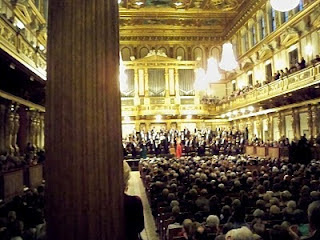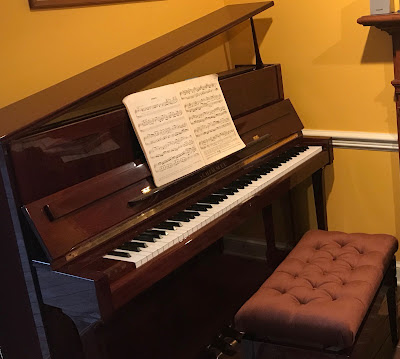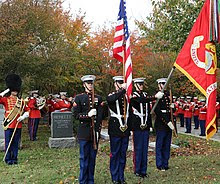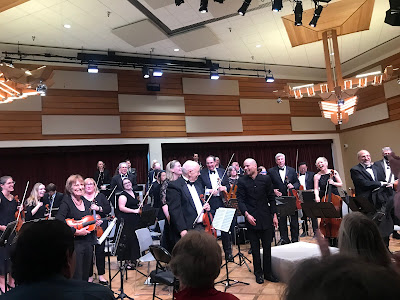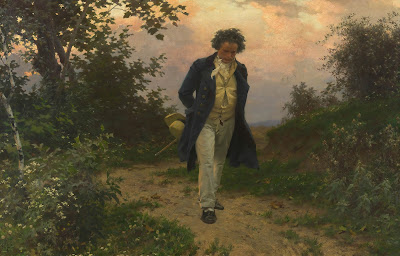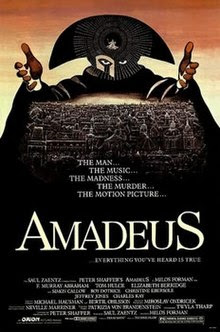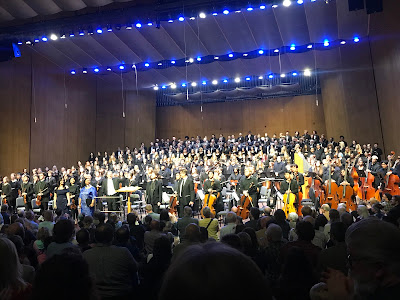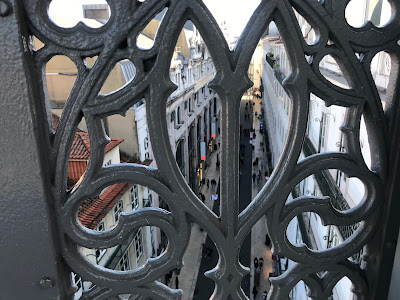Brahms’ First
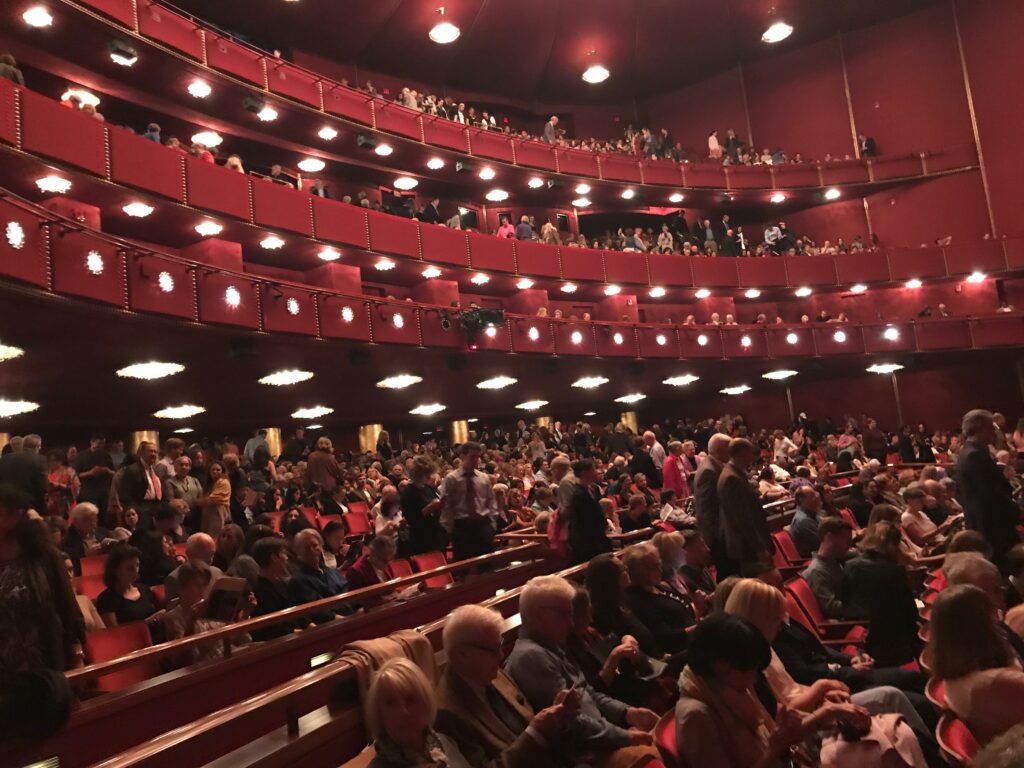
Remove the apostrophe and it would also be true. I often put Brahms first; he’s one of my favorite composers. When I heard about the program of last night’s concert I knew I’d want to be there.
In the program notes, I learned that Brahms began writing his first symphony when he was in 20s, but it was 20 years before he completed the work. One problem, apparently, was Beethoven, the long shadow he cast over the 19th-century symphonic repertoire.
In fact, the pulsing timpani that opens the first movement is sometimes thought to be an homage to Beethoven. But Brahms finds his footing. The sonorous chorales, the plucky pizzicatos, the French horn melody in the final movement: all of these shout “Brahms.”
I’ve been listening to this symphony for decades, mostly recorded versions, a few live ones. I even played the last movement — in youth orchestra, when I was last chair string bass. So believe me when I say I’ve never heard it as the National Symphony Orchestra, Gianandrea Noseda conducting, played it last night. The pace, the musicality, the finale that made the made my skin prickle. I felt like I was inside the music. And when the final notes sounded, the hall erupted, as it should have. It was Brahms first, after all.

